When you see the “Service Traction Control” and “Service Stabilitrak” warning lights, along with the “Engine Power is Reduced” message, it indicates a problem with your car’s traction control and stability control systems. These crucial safety features are designed to prevent loss of control and traction, especially in slippery conditions. Understanding the causes and knowing how to fix these issues promptly can ensure your car’s safety and performance.
Table of Contents
What do these messages mean?

- Service Traction Control
This warning light indicates an issue with the traction control system. Traction control helps to maintain stability and prevent wheel slip during acceleration, especially on slippery surfaces.
- Service Stabilitrak
Stabilitrak is the stability control system of your car, which aids in maintaining vehicle stability and control during cornering or sudden manoeuvres.
- Engine Power is Reduced
This message accompanies the other warnings and means that the engine’s power output is being limited to avoid potential safety hazards due to the malfunctioning traction and stability control systems.
What Causes These Warning Lights?
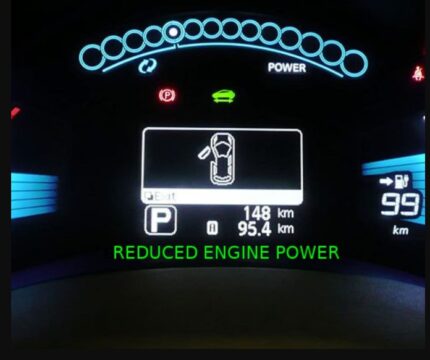
- Faulty Wheel Speed Sensors
Wheel speed sensors are responsible for monitoring the rotational speed of each wheel. They send this information to the car’s computer, which uses it to determine if any wheel is losing traction or experiencing a slip.
When a wheel speed sensor becomes faulty or is covered in dirt, it may not provide accurate readings, leading the traction control and stability control systems to malfunction. This can result in reduced control over the car’s movements, especially on slippery or uneven surfaces.
- Faulty Steering Angle Sensor
The steering angle sensor is crucial for properly functioning traction and stability control systems. It measures the angle and direction at which the steering wheel is turned, helping the car’s computer understand the vehicle’s intended path.
If this sensor malfunctions, the computer may receive incorrect data, causing the control systems to respond inaccurately. As a result, the car may experience unexpected stability issues during turns or maneuvers.
- Faulty Brake System:
The brake system is integral to the operation of the traction and stability control systems. In modern cars, these systems use brakes to manage wheel spin and stability.
If there is a problem with the brake system, such as a leak in the brake fluid or a faulty sensor, the control systems may not receive the necessary input to function correctly. This can lead to compromised traction and stability control, potentially posing safety risks.
- Loose or Damaged Suspension Components
The suspension system is crucial in maintaining the car’s stability and handling. It ensures that the wheels maintain proper contact with the road surface, essential for effective traction control.
If any suspension components, such as control arms, bushings, or struts, become loose or damaged, it can lead to instability and reduced traction. The control systems may be triggered to compensate for the compromised suspension, resulting in warning lights and messages.
- Electronic Control Unit (ECU) Malfunction
The Electronic Control Unit, commonly called the ECU or car’s computer, is the brain of the vehicle’s control systems. It processes data from various sensors and systems and makes decisions to optimize performance and safety.
If the ECU experiences a glitch or malfunction, it may not interpret sensor data accurately. This can cause false readings, leading to warning lights and messages related to traction control and stability control issues.
Volkswagen Rabbit AC Is Not Working; Causes, Diagnosing and Fixing
engine rides
How to Fix the Issues?
Faulty Wheel Speed Sensors: Clean the wheel speed sensors to remove any dirt or debris that may be affecting their performance. The faulty sensor should be replaced if cleaning doesn’t resolve the problem.
The cost of replacing a single-wheel speed sensor can range from $50 to $200, depending on the car’s make and model. If multiple sensors need replacement, the cost will be higher.
Faulty Steering Angle Sensor: Replacement of the faulty sensor is necessary to ensure accurate traction and stability control system data.
The cost of a steering angle sensor replacement can range from $100 to $300, depending on the car’s make and model.
Faulty Brake System: Inspect the brake system for leaks and replace any faulty sensors. Brake system repairs are crucial for the proper functioning of the control systems.
The cost of brake system repairs can vary significantly based on the problem. Minor repairs can start from around $100, while more complex issues could cost $500 or more.
Loose or Damaged Suspension Components: Have a mechanic inspect the suspension components for any damage or looseness. Repairs or replacements may be necessary.
The cost of suspension repairs can range from $200 to $1000 or more, depending on the components needing replacement.
ECU Malfunction: Diagnosing an ECU issue requires professional expertise. If the ECU is malfunctioning, it might need reprogramming or replacement.
ECU repairs can range from a few hundred dollars for reprogramming to over $1000 for a replacement, depending on the car’s make and model.
Resetting the Warning Lights
To reset the warning lights after addressing the issues, follow these general steps:
Service Traction Control and Service Stabilitrak:
- Turn off the ignition and wait for 10 seconds.
- Restart the engine and check if the warning lights have cleared.
- If the lights persist, consult a mechanic to ensure proper reset procedures are followed.
Engine Power is Reduced:
- Pull over safely and turn off the engine.
- Wait for a few minutes and then restart the car.
- If the warning message is gone, you can continue driving. If not, seek professional assistance.
What are the Preventive Measures for these problems?
To minimize the chances of encountering these issues, follow these preventive measures:
Regular Maintenance: Stick to the manufacturer’s recommended maintenance schedule, including inspections of brake systems, suspension components, and sensors.
Check Tire Pressure: Maintain proper tire pressure to ensure optimal traction and prevent unnecessary strain on the control systems.
Avoid Overloading: Avoid carrying excessive loads in your car, as it can put extra stress on the suspension and other components.
Be Mindful of Road Conditions: Drive cautiously on slippery roads and avoid sudden maneuvers that could challenge the traction and stability systems.
Avoid Waterlogged Roads: Driving through deep water can damage sensors and other electrical components, so try to avoid waterlogged areas.
Related FAQs:
Can I continue driving when the “Engine Power is Reduced” message appears?
It is not recommended to drive when this message is displayed as it indicates a potential safety risk. Pull over safely and consult a mechanic.
How often should I clean the wheel speed sensors?
Cleaning the sensors during routine tire maintenance or after driving through muddy or dirty terrain is a good practice.
Can I reset the warning lights myself?
You can attempt to reset the warning lights by following the steps provided, but if they persist, seek professional assistance.
Will my car lose all traction and stability without these systems?
While the systems significantly enhance safety, your car can still be driven without them. However, it is crucial to have them repaired promptly for optimal safety.
Conclusion
In conclusion, the “Service Traction Control,” “Service Stabilitrak,” and “Engine Power is Reduced” warnings should never be ignored. Timely diagnosis and proper fixing of the underlying causes will ensure your car’s safety and performance on the road. Remember to follow preventive measures and regular maintenance to keep your car’s traction and stability systems in top condition.

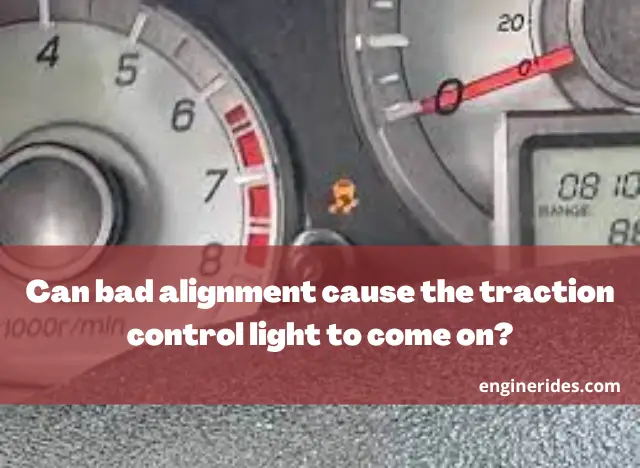

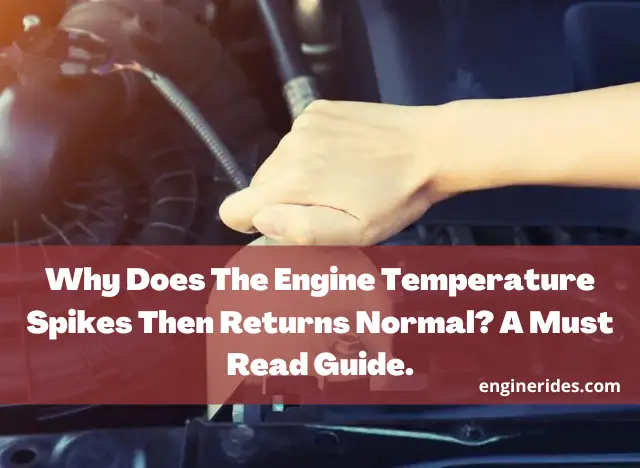
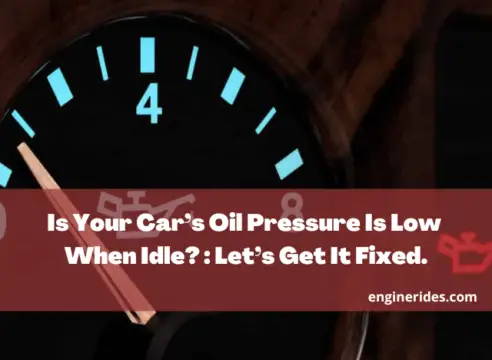

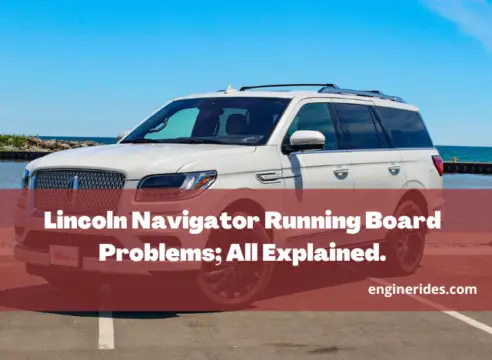
2 Comments